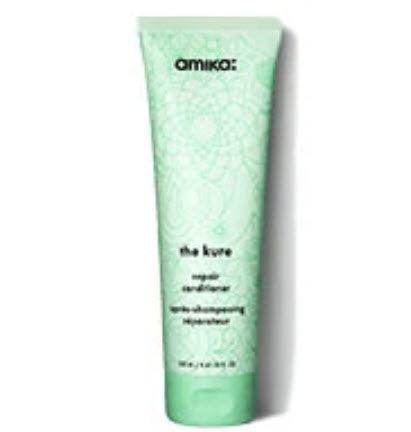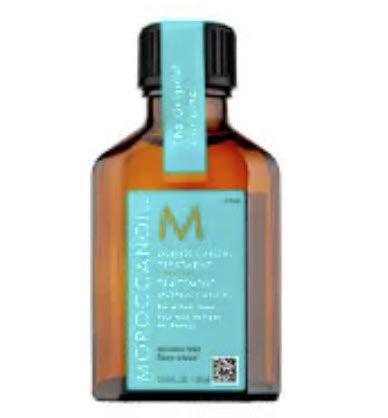CARE AND MAINTENANCE
A stylist's guide to predictable hair extensions - care, maintenance and troubleshooting.
Let’s learn how:
1. View the fullness to the tips - your hair extensions should have a gradual taper and not just loose stringy ends.
2. Feel the temperature of the bundle in your hand. Higher quality hair will have a cooler temp due to the moisture trapped inside the cuticles.
3. Look for split ends and mechanical damage. Bending the strands over your hand will make the tips more visible.
4. If you are concerned about overprocessing, take a small strand and wet it. See how it stretches. Damaged hair will overstretch and possibly break. If it feels like rubber, avoid installation.
5. Run your fingers up and down one or two strands of hair - cuticle hair will be slightly rougher on the upward movement
6. If you are concerned about it possibly being plastic, take a strand and remove it from the pack. Light it on fire and then observe the smell that is released. Human hair has a very distinct smell.
Takeaways:
1. Everyone's hair is unique, therefore every bundle is also unique.
2. Hair is screened for quality and integrity, and then processed into a standard color and style.
3. Hair will always retain some personality quirks from its donor imprint - this is not considered a quality flaw.
4. You must treat the hair with unique products, to yeild unique results. Sulfate free is not enough.
Click on Hair Routine for more info.
A great routine will be balance ph, protein, and moisture while reversing styling and environmental impacts.
These are the care recommendations that I trust for my own clients. - Eme
Daily Recommendations
Brush: More important than you might think.
Spornette 21 is my choice for brushes. It has nylon bristles that are stiff enough to separate the tiniest of tangles, but will bend before breaking strands. It can be used on wet and dry hair and should be used at least two times a day, and always before showering and bedtime. If you are experiencing tangles, always look to your brush choice first. The Spornette 21 is my trusted tangle-busting bff.

Shampoo:
Amika Kure. This is a gentle cleansing, hair softening, ph balancing wizard. I seriously love it.
Other contenders: MoroccanOil Repair, Redken Extreme

Conditioner:
Amika Kure. I love that this conditioner leaves the hair feeling soft and silky, but more importantly leaves behind no films or waxes.
Other contenders: MoroccanOil Repair, Redken Extreme

Styling:
If you are heat styling, be sure to use a heat protectant and smoother. My go to is MoroccanOil (regular). Be careful with styling serums as they can leave films on the hair, which counter-intuitively ALWAYS makes the hair feel more tangly and dry.
Other contenders: Amika Glass Action

If you are experiencing issues, use caution.
It can seem counter-intuitive but build up is the #1 cause of tangles, dryness and matting. If you are experiencing any of these issues, be sure to use the products above but begin with a chelator - which will remove prior build up allowing your maintenance products to work.
Chelator:
Redken: Clean Maniac Cleansing Cream
80% of extension issues we see are due to build-up. Build-up makes the hair feel stiff, dry and tangled.
When hair feels dry, we naturally want to add more moisture - so we pile on more products. Well water, hard water, sun-tanning sprays, smog and other tiny deposits can compound the issue. Light coatings turn into films, then films to waxes. These are always at the root of nesting and tangles. To avoid this feeling, chelate the hair weekly.
Other contenders: K-Pak Clarifying Shampoo
Note: Chelators are often called clarifiers. Chelation is NOT the same as shampooing. Chelators are strong chemical strippers for your hair. They strip out hard water, waxes, oils, build-up, well water, tanners, color, and more. For this reason, do not use this product often.
Use a chelator when problems arise - no more than weekly.



